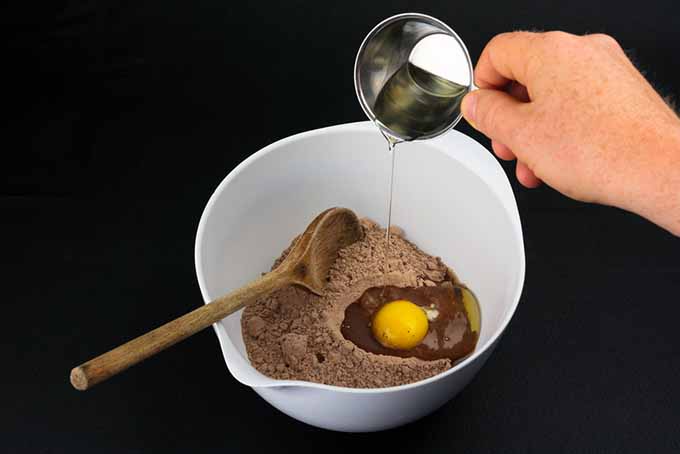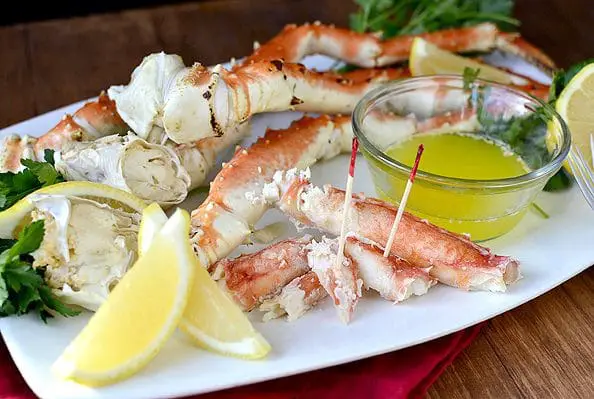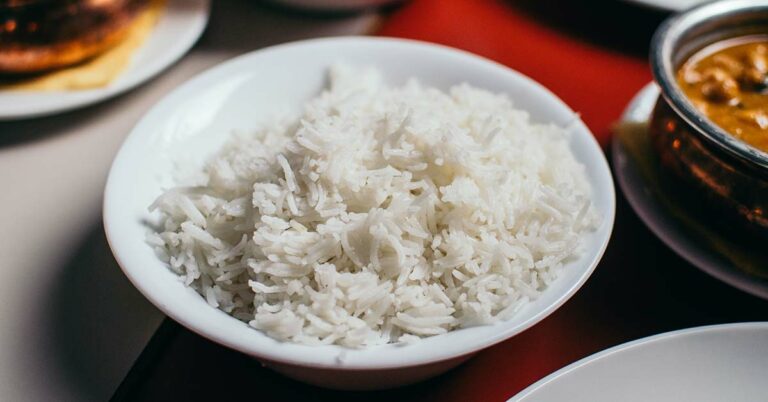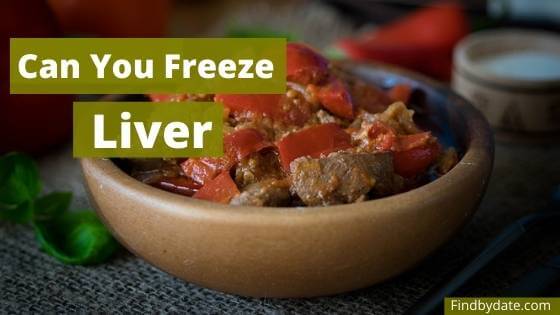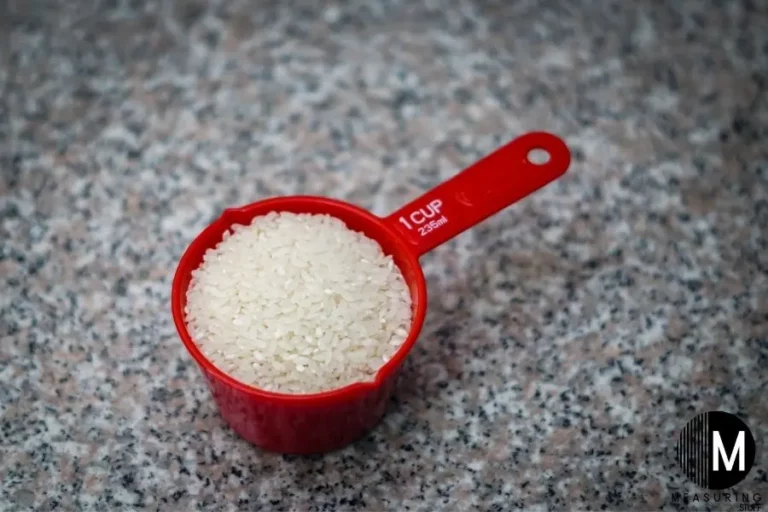When it comes to baking, oil and butter are two of the most commonly used ingredients. They are often used interchangeably, which begs the question: can you mix oil and butter in baking? In this article, we will explore the possibility of combining these two fats for use in baking.
What happens when you mix oil and butter?
When you mix oil and butter, you are mixing a fat that is solid at room temperature with one that is liquid at room temperature. This creates a unique texture and flavor profile. However, from a scientific standpoint, it’s important to note that mixing oil and butter increases the overall fat content of your baked goods.
It’s also worth noting that each ingredient affects baked goods differently. Butter has a higher water content than oil, which can make it beneficial for recipes like cookies or cakes where moisture control matters. Oil is great for recipes where a slightly more tender crumb is desired since it coats flour particles better.
Benefits of Mixing Butter and Oil
Mixing butter and oil can create some interesting benefits in your baked goods. Both fats have unique characteristics that make them suitable for certain dishes.
Some benefits of mixing both fats together include:
- Increased moisture in baked goods.
- Enhanced flavor due to the combination of creamy taste from butter with richness from oils.
- Better texture because oils add tenderness while butter provides structure.
- Improved browning due to the higher fat content in mixes than using just one type alone.
These benefits come from complementary properties between choices like:
- The creaminess imparted by butter due to its water content, meaning it dissolves sugar more efficiently – raised moisture levels aid the steaming process leading to lighter cake crumb as well.In contrast,
- Oils give baked goods an airier crumb structure due to their ability to coat flour particles without increasing gluten development as much as possible compared with using pure fats alone.
Baking with mixed fat
When mixing butter and oil, there is no recommended way to combine the two. However, some straightforward inclusions in frequent bakes include:
- Using a 50/50 ratio of both fats for cookies and cakes
- Whipping butter with an equal amount of oil to use as a spread
- Adding melted butter to oil in quick breads or muffins that still have baking powder or soda leavening
- Blending together melted and cooled butter with canola oil when making pie dough.
: Easy mixed-fat recipes
Here are some easy baking recipes where mixing fats can be advantageous:
- Chocolate chip cookies – It’s common for individuals making homemade chocolate chip cookies to replace part of the butter content with oils, preferably vegetable or canola oils.
- Banana bread – Using both dairy products like butter and nut-based oils adds flavor and texture to the loaf.
- Brownies – The addition of almond or coconut oil imparts distinct flavors while still providing moisture balance due to butter melting over longer periods.
Using just one type of fat
While mixing oils and butter is feasible, using only one type may be preferable in some instances.
Using pure butter allows you to achieve the following benefits:
- Better shape retention due to its high water concentration
- Richer taste than other kinds of fat since it provides creaminess like no other.
- Better flavor complementation with aromatics such as vanilla extract because its very nature brings richness elements out rather seamlessly..
Meanwhile, pure oils have their specific advantages which include:
- Flakier pie crusts which results from more intact shortening distribution compared with margarine.
- Fluffier baked goods without sacrificing crumb structure viscosity via quality brand-name alternatives like sunflower seed oil(more dedicated options)
- Easier-to-incorporate gravies/sauces by allowing better heat conductivity that leads to fewer risks of burning on the high stove flames.
: Butter-only or Oil-only recipes
Here are some butter and oil-exclusive baking recipes for you to try:
- Butter-only: Scones benefit from using pure butter exclusively due to being more dense, providing a heavy-textured pastry compared with using oils that add too much airiness.
- Oil-only: Olive oil cakes are quickly becoming a popular option for many bakers due to their unique flavor profile, resulting in less rich texture since olive oil doesn’t coagulate as dairy would.
Conclusion
In conclusion, while it is possible to mix oil and butter when baking, there is no single recommended method of doing this. It comes down to the type of bake one wishes to create and how each ingredient impacts various properties like taste, structure, texture, crumb viscosity and etcetera. Each fat has its unique properties that lend themselves well to specific forms of baking styles. We hope that this article has provided you with enough information when deciding whether mixing fats like butter and oils is suitable or not – and even if it did make clear the differences between exclusive use cases for each fat type.
Q&A
- Q: Can you substitute oil for butter in baking recipes? A: Yes, you can replace all or part of the butter in a recipe with oil, but keep in mind that it will change the texture and flavor of the baked goods. Oil adds moisture and produces a moist, tender crumb, while butter adds richness and flavor.
- Q: Is it possible to combine oil and butter in baking? A: Absolutely! Blending oil and butter together can be a great way to get the best of both worlds – the rich flavor of butter and the moisture from oil. Just make sure to use melted butter and mix thoroughly with your chosen oil before adding it to your batter.
- Q: Will mixing oil and butter affect my baked goods’ taste? A: Combining oil and butter may slightly alter the taste of your final product – depending on how much of each ingredient you used – but it shouldn’t affect it drastically. The added moisture from the oil may produce a softer crumb, while mixing melted butter with oil creates an interesting texture.
- Q: Can I use any type of oil when combining it with butter? A: Yes, you can mix practically any kind of neutral-tasting vegetable oil with melted butter for best results. Some popular options include coconut, avocado or sunflower oils. Avoid using oils that have strong flavors such as olive or sesame ones, because they may mess up the smell/taste balance in your mix.
